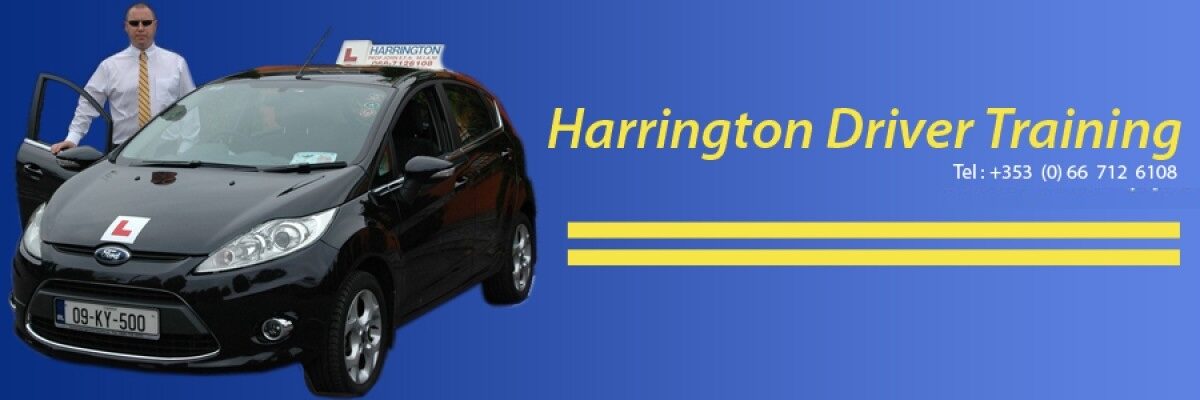Attitude
It is often said that attitude when driving is the key factor to drive safely. So, what makes a good driver? A good driver isn’t necessarily a perfect driver. It’s very doubtful if such a driver exists. Nevertheless, apart from skill and experience, which only come with time, a good driver needs:
Anticipation
Concentration
Confidence
Patience
Responsibility
Together, these qualities go to make up what is generally known as the driver’s attitude. It is attitude which, in turn influences driver behaviour. Developing the right attitude and behaviour will come easier to some drivers than others. Because they are essential to safe driving, it’s important that every driver should make the effort to keep working on them. Take pride in your driving and remember that, whether you have been driving for years or have little experience, there’s always something to learn.
Aggressive driving has become a serious problem on our roads. It is often caused by frustration, impatience and irritability. Drivers in this state of mind sometimes speed, follow other vehicles too closely, change lanes frequently or abruptly without signalling, pass on the nearside and in general drive recklessly.
The exact number of motor vehicle crashes caused by aggressive drivers is unknown, and the hostile manner without regard for the safety of others. They sometimes harass other motorists which can result in altercations which can be dangerous.
Vehicle Dynamics
In 1867, Sir Isaac Newton formulated three ‘Laws of Motion’, these are explained below as they apply to a motor vehicle:
Law 1. A motor car will remain in a state of rest or constant motion in a straight line, until a force is applied to it.
Law 2. The rate of change is proportionate to the applied forces.
Law 3. Every force applied to the vehicle has an equal and opposite reaction.
This special course is invaluable to all drivers but especially young drivers who have little experience. Acceleration, braking (did you know there are three stages to braking) and cornering forces are covered. Also, inertia, momentum, kinetic energy, centrifugal and centripetal forces acting on the vehicle. The forces acting on a vehicle on a gradient- gravity and energy loss due to friction and aerodynamics are looked at.
Commonsense therefore demands that drivers minimise the effects of the various forces acting on the vehicle, by understanding the ‘Laws of Motion’ and making sensitive use of footbrake and accelerator and driving at a speed conducive to the different types of road and surfaces.
